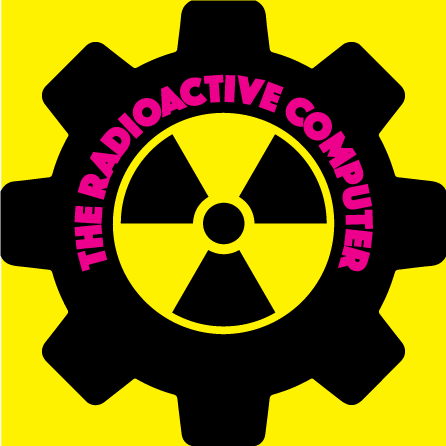How Do Manufacturers Think About Environmental Design?
- Cole Conrad Shrader
- Feb 6, 2019
- 2 min read
With our current issues in climate change industries all over the world are taking strides to help prevent global warming. However this process is largely unseen by the consuming public. And so hopefully this post will help you to understand how corporations work for the environment.
To begin you should know about a concept called the circular economy or the product life cycle. The circular economy is the idea that products do not have to be disposed of when damaged but can instead be taken apart and turned back into basic materials for production. You can see the cycle below.

Officially there are many more sub steps for this, but this image represents the product life cycle
First we have to understand what aspects of a product developers are trying to change. The three major categories are Energy, Solid waste and GHGs. Energy is the amount of electricity that the product consumes. Solid waste is the amount of byproducts and physical objects consumed throughout the life cycle, these resources are not necessarily wasted and can include resources that you wouldn't think of as wasted (like the water you boil in your kettle). GHGs or Green House Gasses are gasses that increase the green house effect and cause global warming. These include carbon dioxide, methane, nitrous oxide and others. In every stage of the life cycle these issues are considered, from extraction, to distribution, to even recycling.
Taking these issues into account and checking each stage of the life cycle is called a LCA or life cycle analysis. Manufacturers and developers use these to understand how they can best update their products. Developers then decide whether or not they will implement radical, incremental or end-of pipeline solutions to these problems. Radical solutions are when a company completely reinvents its products life cycle. Either by fundamentally changing how the product is designed (I.E. changing its material or how the different pieces are fused together). Or by changing the systems that work, like designing a new recycling plant so none of your product is disposed of. Radical solutions are great and can be a great boon to the environment however they often come with a great deal of risk as companies have no idea whether or not they will work. Incremental changes are the opposite of radical changes and include minor changes to a product or a system, like including instructions for recovery with the product. End of pipeline solutions are often the easiest and quickest way to reduce your environmental impact. These are seen only on manufacturing plants and essential work to treat the chemicals and waste produced during refinement or production. This can be something like a filter on a gas pipe to prevent CO2 from leaking into the environment or a organised disposal system for the byproducts left behind after production. This is often the easiest and cheapest way to make a company cleaner as it requires little down time on the part of the manufacturing plant and can often be integrated separately into a system that is already in place. However end of pipeline solutions often don't stop the problem and just slow it down.
























Comments